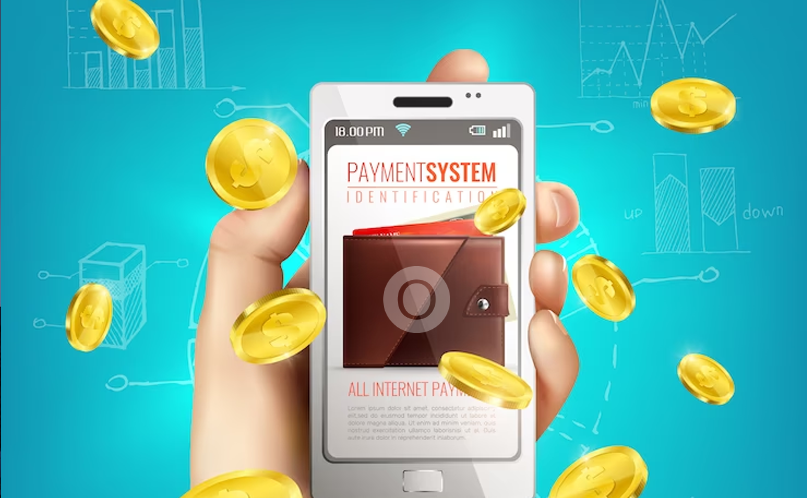What's Next for Mobile Money in Africa?

Fintechs arose due to the banking system’s low penetration and insufficient banking infrastructure. African countries have historically been hampered by a low level of financial inclusion. However, as mobile phone and telecom services expanded in the region, mobile money services emerged, adding to the answers to Africa’s financial inclusion challenges.
Safaricom, a subsidiary of the Vodafone group, developed M-Pesa, the first worldwide known mobile money product, in 2007. The program first attempted to facilitate remittance transfers and targeted marginalized lower- and middle-income Kenyan households, laying the groundwork for what is rapidly taking shape across Africa.
Mobile money is a financial service often supplied by a mobile network operator (MNO). It allows users to operate an account for receiving, sending, and paying for products and services using their mobile phones. There is no requirement for a user to have a bank account, and the mobile money account is typically linked to the user’s cellphone number. To underscore its global reach, Africa has been dubbed “the epicenter” of mobile money.
As of 2022, Africa accounted for 70% of the $1 trillion global mobile money market. The value of mobile money transactions in Africa increased by 39% to $701.4 billion in 2021, up from $495 billion in 2020. This exemplifies Africa’s mobile banking future. According to GSMA data from 2022, the volume of mobile money transactions increased by 23% to 36.7 billion in 2021 from 27.5 billion in 2020. With this score, Africa is a market leader in the worldwide mobile money sector.
The African mobile money ecosystem, like the rest of the globe, is fast shifting from business-to-consumer (B2C) to business-to-business (B2B). While the African market is outperforming industry forecasts, we look at the prospects and what’s ahead for mobile money in Africa.
Opportunities
Mobile money’s rapid diversification beyond its core traditional use case: person-to-person transactions, has been a fundamental element of the industry’s success in recent years. Most notably, in 2021, the mobile money industry played an important role in assisting small businesses in operating more efficiently and improving the consumer experience.
By 2020, mobile money-enabled merchant payments had nearly doubled in value, hitting a global average of $5.5 billion in monthly transactions. If that figure isn’t enough to persuade you, consider this. Mobile money services had grown faster than anticipated globally. The number of registered mobile money accounts increasing 13% year on year, from 1.4 billion in 2021 to 1.6 billion by the end of 2022.
Southern Africa saw a 24% year-on-year increase in registered accounts and 18 million active mobile money accounts last year.
According to McKinsey, growth in e-payments is likely to be uneven across Africa. This disparity will depend on factors including infrastructure readiness and regulations. While Kenya (10%) and Morocco (20%) have adopted the fewest cash payments, South Africa (35%) has the highest e-payment adoption.
The GSMA expects growth to come from both long-established mobile money markets and regions where mobile money services are still in their infancy, particularly in South Asia and Africa. The sector is well-positioned to give attractive returns to investors and industry players in the next few years, owing to its predicted robust performance over the next several years, which is supported by rising usage. Infrastructure investments are assisting in the acceleration of domestic e-payments. This could be an excellent investment opportunity.
Normalizing Mobile Money
Small businesses and entrepreneurs can develop by adopting mobile money. The facility is capable of creating jobs and eradicating severe poverty. Domestic payments infrastructure in Africa is improving, allowing for fast account-to-account transactions. Mobile money-enabling cellular standards have the potential to revolutionize African livelihoods.
However, in order for mobile money to achieve its full potential, Africa must effectively normalize mobile money usage. This requires a stable, well-functioning mobile network. Mobile money is an important solution to financial hardships in Africa. Indeed, mobile money can enable financial inclusion and economic participation. Improvements in coverage and quality of mobile network connectivity will not only encourage faster adoption of mobile money but will also allow more Africans to save, invest, and access loans through their mobile phones.
Also, fewer barriers from central banks mean mobile money operators can function innovatively as payment channels. The activities of Lipa na M-Pesa in Kenya, MTN MoMo, Orange Money, and Airtel Money all illustrate how mobile money can become a catalyst for innovation, giving room for diversified income streams across emerging services.
Mobile money has yet to reach its full potential in a region inhabited by over one billion individuals, over half of whom will be under 25 years old by 2050. Governments must look to its normalization, as it holds great potential.
